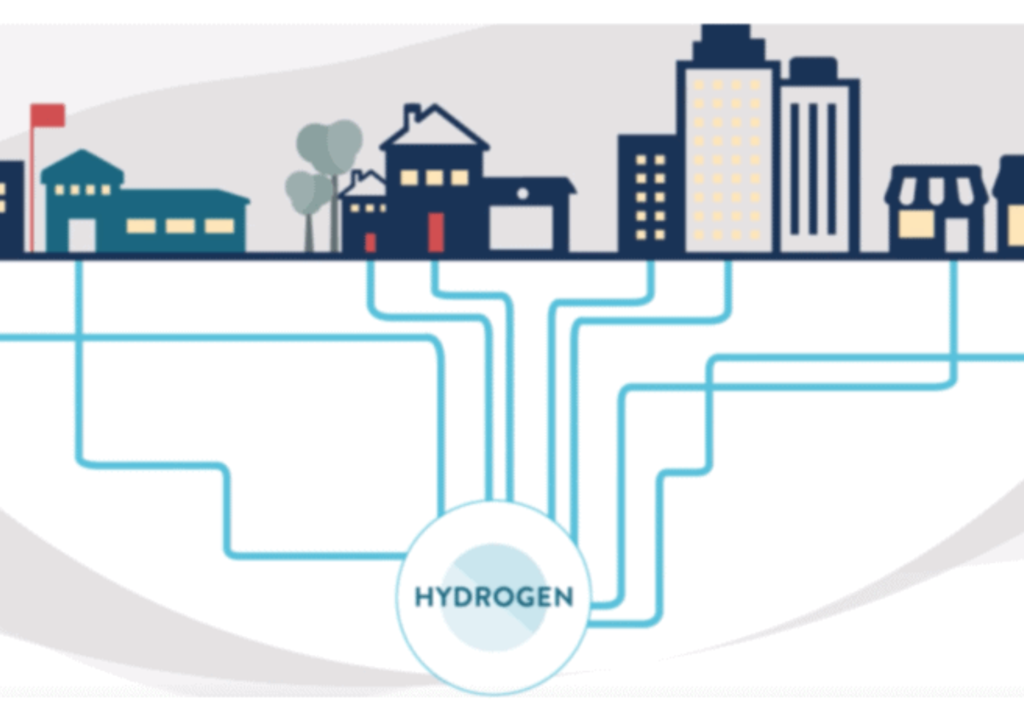We have spoken at length in previous articles about Net-Zero and how important it is. Here is a brief recap about just how important it is, and the key point you should consider.
- The aim is to achieve carbon neutrality by 2050
- Carbon neutrality is achieved when there are no emissions of carbon dioxide in society or if the emissions are balanced out with its removal
- Net-zero will help to reduce or completely negate the effects of global warming
- With current technology, it is possible to achieve net-zero by 2050 but it would require mass amounts of dedication and commitment by governments
- To achieve net-zero, fossil fuels will need to be significantly reduced, starting from now
- Replacements for fossil fuels: electricity and hydrogen are key
- Charlton and Jenrick’s products are already incorporating hydrogen into their range
Net-zero has an objective of achieving carbon neutrality by 2050. As mentioned before, this requires a mass amount of dedication and commitment by local communities. Whether this is the complete negation of all carbon dioxide emissions or the balancing out of the current emissions with what we consume, the fact is more needs to be done, and quickly!
In order to achieve Net Zero, all fossil fuels will need to be eradicated or, perhaps more realistically, significantly reduced from use in society. The leading two resources that could replace them are both electricity and hydrogen. However, both have issues which may hinder their full implementation, with hydrogen being very expensive and hard to incorporate into modern technology and the significantly increased demand for electricity.

What We Are Doing.
Charlton and Jenrick already have a number of fires which can partly work with hydrogen, and of course, high-efficiency electric fires demonstrate our ongoing contribution to Net-Zero. The fires, which can currently partly run on hydrogen, have a labelling system in place to educate the end-user.
Hydrogen has a greater energy output than other fuels. 1kg of hydrogen has energy equivalent to 2.8kg of gasoline.
However, Not all Fires Use Hydrogen.
Not all fires can be fueled by hydrogen, such as wood-burning stoves. The burning of wood will always produce carbon emissions to some degree. Eco Design stoves, however, have significantly lower emissions than old, inefficient stoves.
Hydrogen is also currently more expensive than fossil fuels. This is partly due to the difficulty in preparing hydrogen for heating use and associated transportation costs. Due to these costs, the issue of fuel poverty will certainly not be solved by the implementation of hydrogen – not yet at least. However, when the production of hydrogen increases, and it becomes cheaper by taking advantage of economies of scale, it could be a great alternative to normal fuels.
What About Vehicles?
Hydrogen and electricity can also help to run vehicles as a substitute for diesel and petrol in cars. This will, once again, reduce greenhouse gas emissions due to hydrogen and electricity producing no carbon dioxide. However, the current prices of hydrogen and the availability of electric cars and their charging points deter many people from buying such.
Whatever your views on Net-Zero or how much we are doing (or how little!), the fact is change needs to happen and is happening. Every one of us has a responsibility for lowering emissions and achieving Net-Zero.